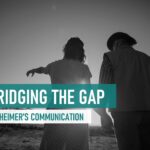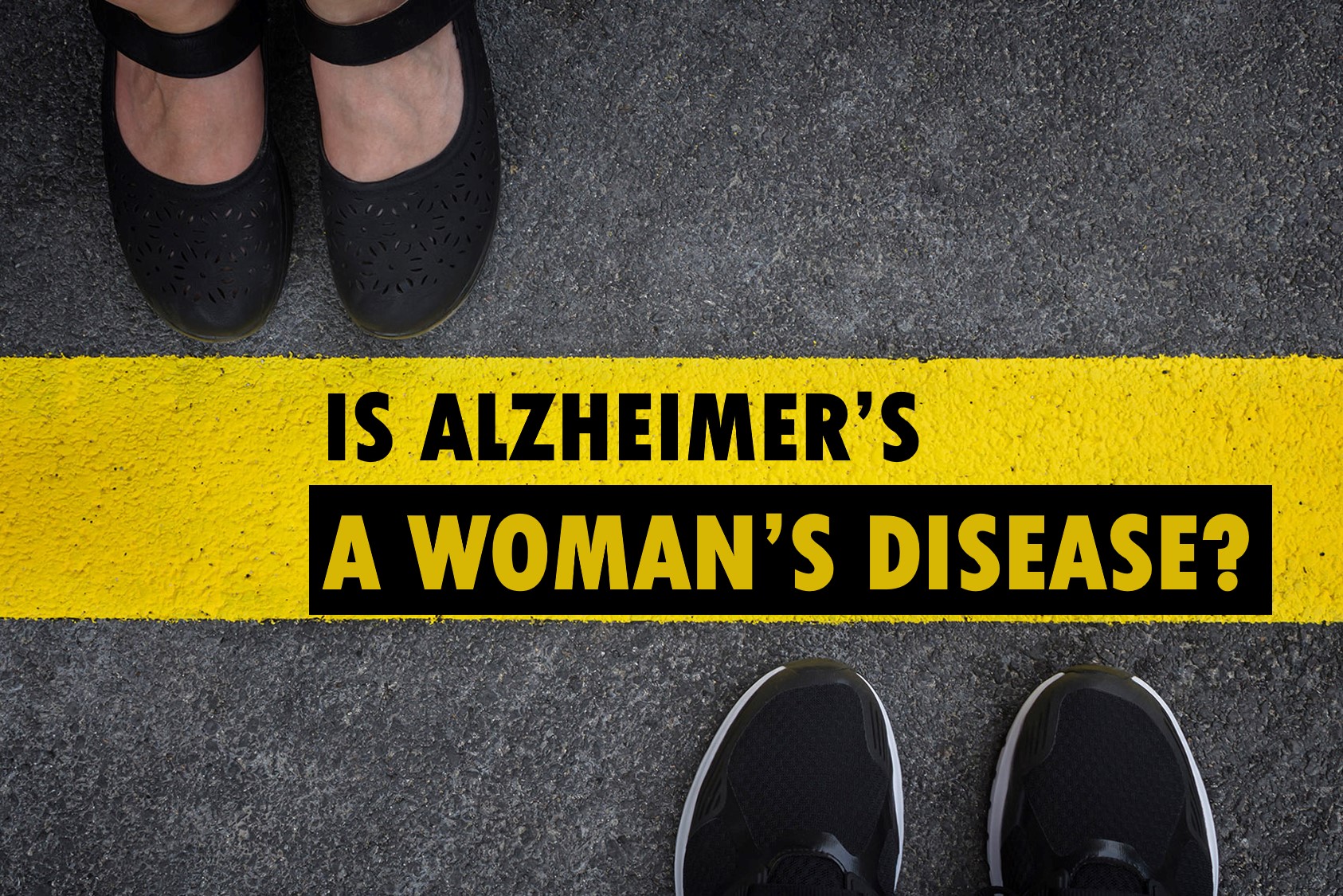Nearly twice as many women have Alzheimer’s Disease as men, according to the U.S. Department of Health and Human Services. Alzheimer’s also worsens more quickly in women than it does in men.
“The global estimates are 35.5 million people now living with Alzheimer’s, with the largest number in Asia (15.9 million) and the lowest numbers in Africa (1.8 million).” – Source: WHO & Alzheimer’s Disease International
Researches and studies may have discovered why more women have Alzheimer’s disease and dementia than men. It was always thought that women living longer than men was the reason, but this may not be the whole story.
Of course age is the major risk factor for Alzheimer’s disease but it doesn’t fully explain why two-thirds of Alzheimer’s patients are women.
We have listed out a few notable differences between women and men in developing Alzheimer’s disease.
The risk of developing ‘depression’ in women is twice compared to men
Depression is linked to a higher dementia risks and women are twice at risk of having depression than men. A history of depression is also linked with faster shrinkage of the hippocampus (a brain region important for memory), in women but not in men. The reason for these differences is still unknown.
Women exercise less than men
People who do regular exercise and workouts are less likely to develop dementia, particularly Alzheimer’s disease. In short exercise is connected to dementia and Alzheimer’s disease. Despite numerous studies finding the benefits with exercise, women exercise less than men. A study reported that women who were at high fitness level are 88% less likely to develop Alzheimer’s disease and other dementia compared to those who were at medium fitness level.
Game of genes play a role in developing Alzheimer’s in women
One of the greatest biological risk factors for Alzheimer’s comes from a gene called APOE4, which has been liked to an increase in risk in both men and women. Women with APOE4 are more likely to develop mild cognitive impairment or Alzheimer’s disease than men with APOE4. They are also more likely to worsen the memory performance, greater brain atrophy and lower brain metabolism, than men.
Women decline more rapidly than men after Alzheimer’s diagnosis
Diagnosis of Alzheimer’s disease involve tests of verbal memory. But the downside is women can perform well on this so diagnosis for mild cognitive impairment and Alzheimer’s disease may be delayed. By the time it is detected in women, they already have a more severe disease burden and decline more rapidly than men.
Modifiable risk factors for AD
Alzheimer’s and other dementias are diseases with no cure but there are steps you can take to help your brain health. We can definitely take care of some modifiable risk factors that influence the risk for Alzheimer’s disease. A total of nine modifiable risk factors were identified that caused sixty-six per cent of AD cases globally.
- Being obese
- Smoking
- Carotid atherosclerosis (hardening of the arteries)
- Type 2 diabetes
- Low education (not completing secondary school)
- High total homocysteine level
- Depression
- High blood pressure
- Frailty
Remember, “Two in three dementia cases worldwide are preventable.”
With all these differences, is Alzheimer’s a woman’s disease?
At this moment, we can say yes because women are more affected. But more research is needed to better understand how Alzheimer’s disease differs between women and men.
ADDITIONAL HELP – Consulting Alzheimer’s Disease Treatment Doctor in Ahmedabad
Effective communication with your neurologist is important when you are seeking a diagnosis for memory loss. Ask questions, be prepared to answer questions and be as honest as possible.








